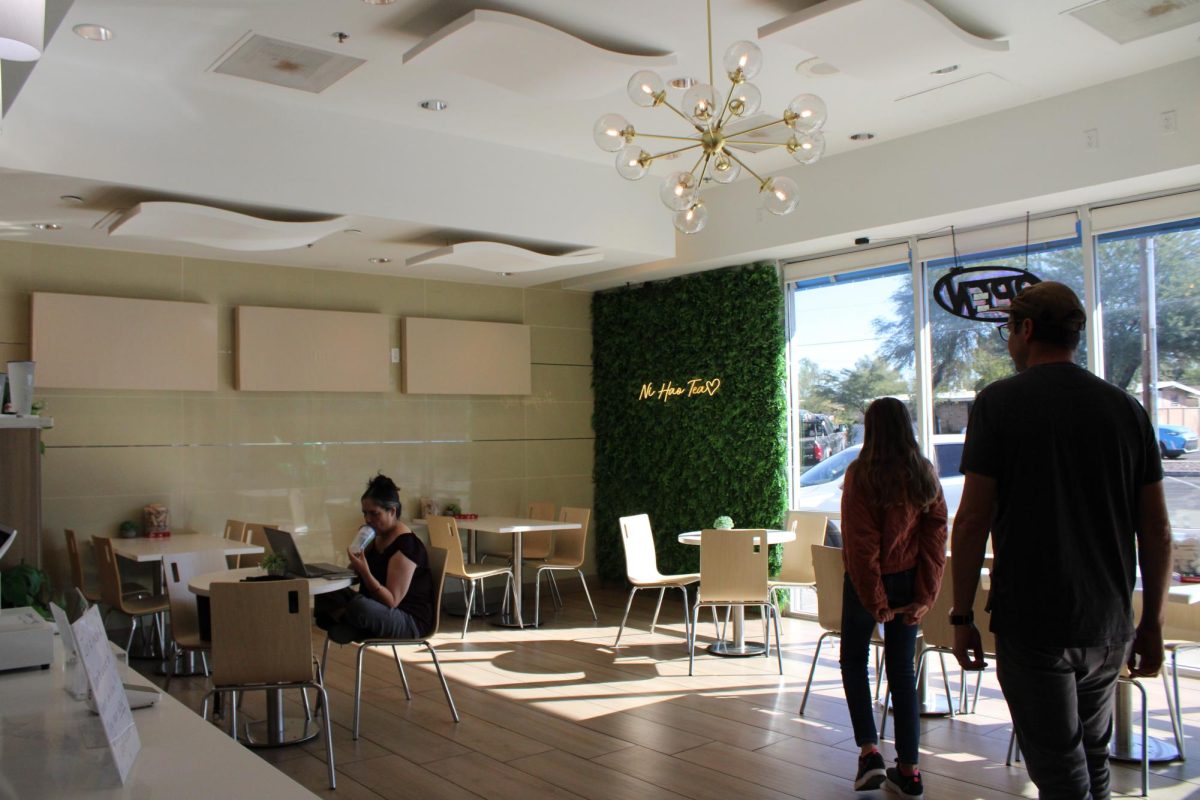In summer 2008 the UA established the Veterans Education and Transition Services Center, a program that sets the example of how America should be treating its veterans. If more universities and cities made the effort to critically engage with veterans regarding their needs, there would be far fewer homeless and at-risk veterans.
The UA created the VETS Center after receiving direct feedback from student veterans in 2007. Upon its establishment, the Center saw more than 100 students per day before having to move its office from Old Main to the Student Union Memorial Center in 2009, according to the VETS Center website. Today the Center incorporates services such as counseling, a disability resource center and scholarship and job opportunities.
For veteran students suffering from post-traumatic stress disorder and other emotional stresses, these programs can be lifesavers. The Washington Post reported that 41 percent of veterans often suffer from outbursts of anger and 69 percent feel that others do not understand what they experienced. By giving veterans the healing time needed to stabilize before reintegrating into society, their health concerns are managed. This time is often well-spent on higher education, as many veterans cannot simply reenter the workforce.
Stress from everyday life is one thing, but veterans deal with PTSD from war along with the stress of relocating, even if that relocation is back home. This displacement causes strain to an already worn life and veterans often find themselves living on the streets alone after war.
According to the National Coalition for Homeless Veterans, nearly 12 percent of the American homeless population is veterans. This is understandable given the weak infrastructure for returning veterans.
The lack of support that veterans receive upon returning home can easily be fixed by pushing universities and cities to open up more programs like the VETS Center. These centers allow for the professional development of veterans and their successful reintegration into society.
Former Arkansas Army National Guard Specialist Nicholas Johnson told The Washington Post that he’s unable to work at the factories in Topeka, Kansas, where he lives because the fractured vertebra he received during his duty has left him disabled.
For veterans like Johnson the cost of war scars are immense: the faded wounds restrict job opportunities on the basis of physical weakness or injury and lead to greater unemployment among veterans.
Although the overall veteran unemployment rate has decreased from 7 percent in 2012 to 6.6 percent in 2013 according to the Public Broadcasting Service, overall unemployment rates in the United States in 2013 were only 7.4 percent and are now 6.7 percent as of February 2014.
Veterans make up a large portion of the homeless in this country, so hearing that they feel the government does very little to help them should come as no surprise. Whether or not you agree with the wars they fought, these people volunteered their lives so we could feel safe in the nation in which we live.
To give veterans the opportunity, support and security they need while pursuing a degree or reintegrating into society shouldn’t be too much to ask.
According to the Veteran Affairs Campus Toolkit, only 15 percent of student veterans are between the ages of 18 and 23. Most student veterans are between the ages of 24 and 40, have children, are married and are first-generation university students. Because they are generally non-traditional students, the infrastructure required to support them is even greater.
These factors result in veterans taking 2.3 more years to finish their college education compared to non-veteran students, according to the Department of Veteran Affairs.
According to the NCHV, “veterans helping veterans” groups are the most effective programs for returned soldiers. Tucson local Chris Guerrero is a perfect example of this positive feedback loop.
According to the Arizona Daily Star, former Army Sergeant Guerrero was serving his second tour in Iraq in 2005 when the vehicle he and his fellow soldiers were in was hit with an improvised explosive device. Guerrero was left with a severe wound on his leg and witnessed two deaths along with multiple injuries to his comrades.
Upon returning home, Guerrero went to college as a first-generation student. He graduated with a master’s degree, went to work at the Tucson Veterans Center and created the center’s program against domestic violence.
“This is the exact same thing I did in the military that I do right now — minus the guns,” Guerrero told the Arizona Daily Star. “I help people where they are in life, manage the situations they’re in.”
Funding and prompting programs that help veterans attend and graduate college benefits all veterans. Even if they don’t attend college, veterans need support. If the remainder of the country follows the example of the UA VETS Center, then perhaps we won’t have so many homeless veterans wandering the streets wondering why the country they swore to protect isn’t protecting them.
Follow Ashleigh Horowitz on Twitter.








